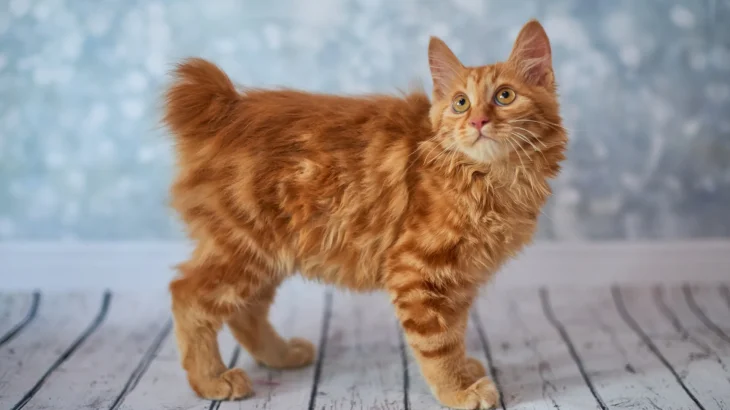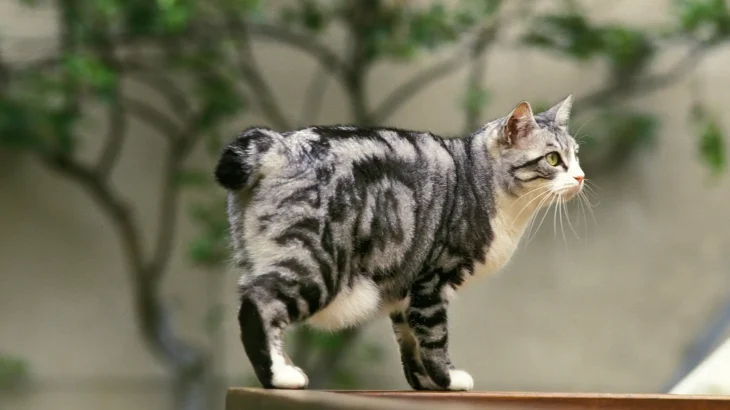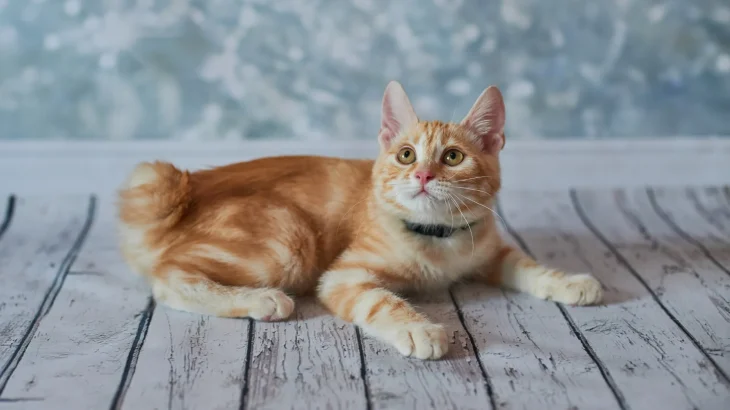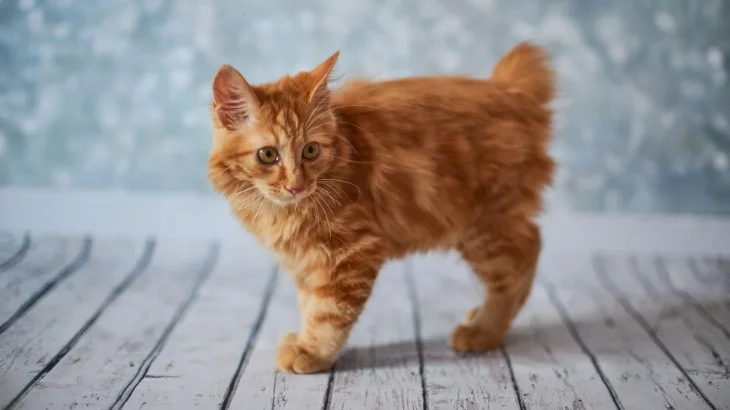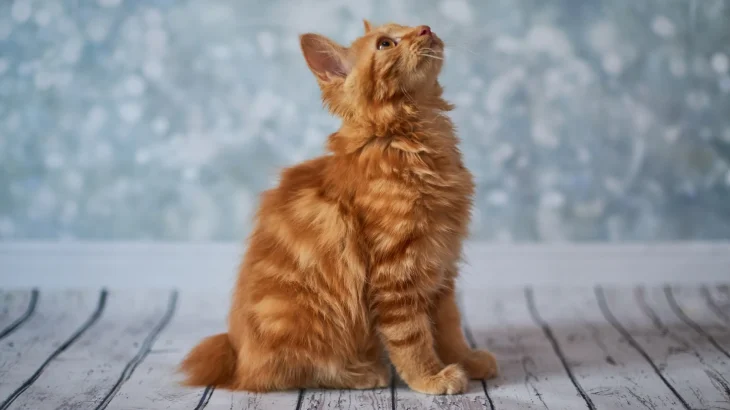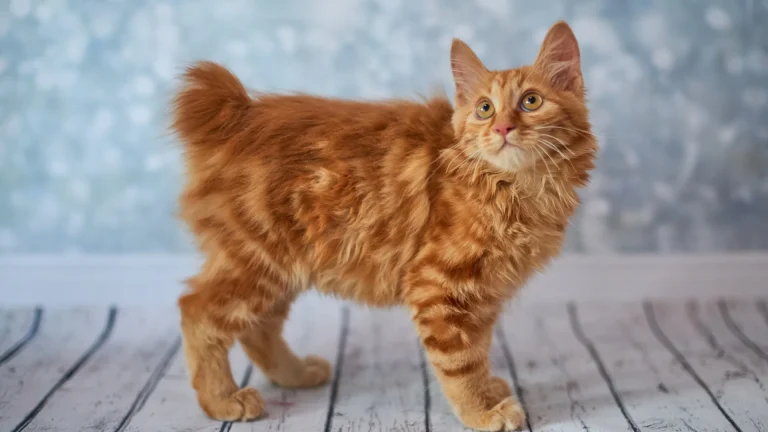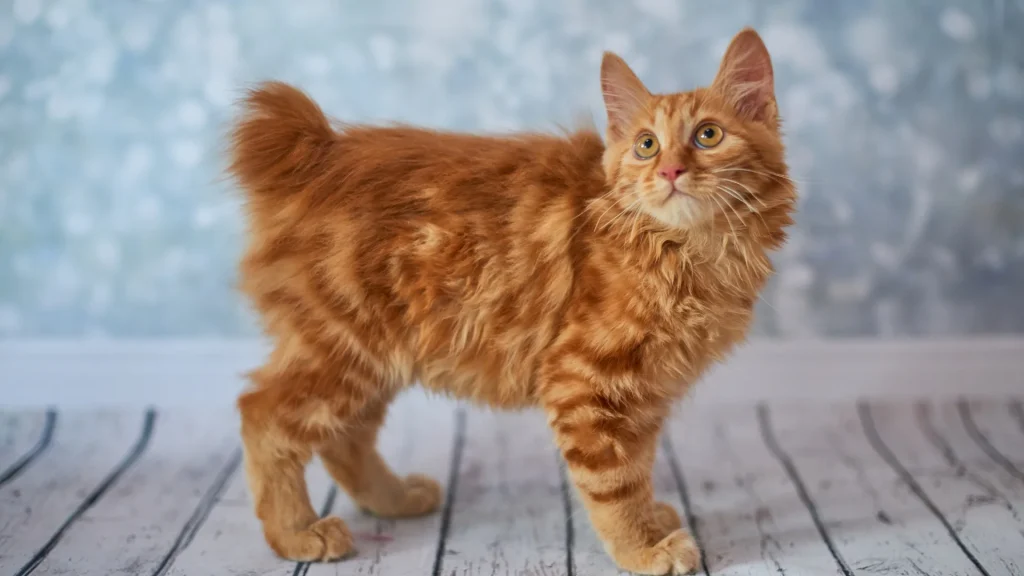Deciding whether to adopt or buy a Japanese Bobtail kitten depends on your priorities, such as guaranteed breed purity versus offering a home to a cat in need. Purchasing from a breeder often ensures pedigree and detailed health records, while adopting may come with more unknowns but gives a loving home to a potentially overlooked cat.
Adoption vs. Breeder: Pros & Cons
| Criteria | Buying from Breeder | Adopting from Shelter/Rescue |
|---|---|---|
| Cost | Typically higher, especially for purebred Japanese Bobtail kittens, reflecting pedigree and breeder care. | Generally lower fees, often including vaccinations and spay/neuter services. |
| Health History | Extensive health records and genetic screening usually available. | Health history may be limited or unknown; shelters provide basic assessments. |
| Age Availability | Usually kittens, allowing early bonding and training. | Wide range of ages, including adults and seniors. |
| Temperament Insight | Breeders offer insights on lineage-specific temperament traits. | Shelter staff relay behavioral observations, though full history might be lacking. |
| Supporting Practices | Supports responsible breeding programs; selecting ethical breeders is important. | Directly supports animal welfare by giving homes to cats in need. |
| Breed Purity & Pedigree | Guaranteed pedigree and breed standards adherence. | Breed purity generally not guaranteed; mixes or unknown lineage common. |

